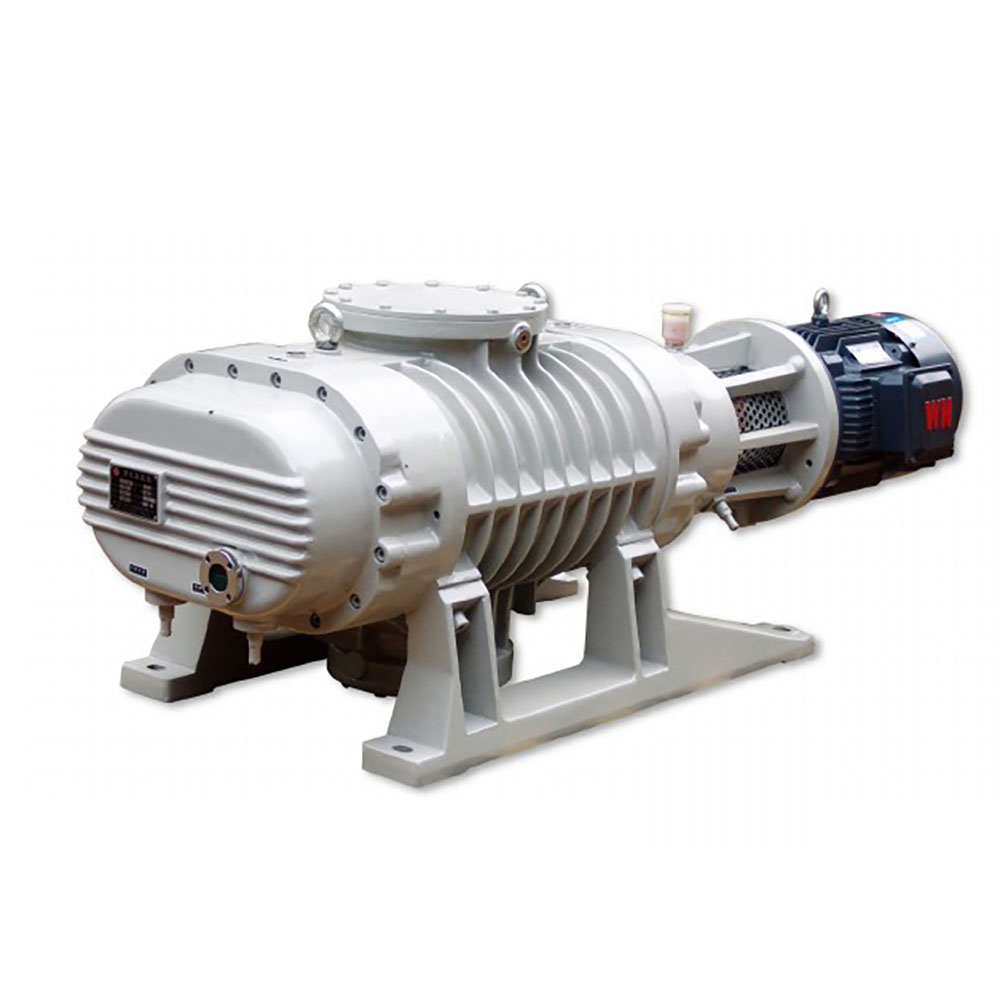Addtime: 2021-08-20 Browse times: 3273
(1) Temperature crude oil the crude oil extracted from the oil reservoir is often accompanied by variable amounts of low molecular weight hydrocarbon gases such as methane, ethane and propane and hydrogen sulfide gases. These gases need to be removed before storage, transportation and distillation to stabilize the crude oil. At the same time, the aviation gasoline components taken away when the low molecular hydrocarbon gas is volatilized, especially their isomers (hydrocarbons with high seismic performance in the tender material) are recovered and used. In order to reduce the excessive loss of crude oil during storage and transportation, stabilize the composition of crude oil and gasoline products, and it is not easy to change the composition of fractions during storage, large vacuum crude oil stabilization devices have been established in some foreign oilfields to degass crude oil under a vacuum of 310-350mmhg, so as to achieve the purpose of stabilizing crude oil.
(2) Vacuum refrigeration in order to store propane and butane separated from crude oil conveniently in atmospheric sickle, deep freezing method was used to liquefy them in the past, but at present, many foreign manufacturers choose vacuum refrigeration to make part of the frozen propane evaporate under vacuum, so that low temperature below - 48 ℃ can be easily obtained, Then, propane and butane are liquefied at - 48 ℃ and - 10 ℃ respectively, canned, stored or transported.
(3) After the air discharged from the oil tank is not loaded into the storage tank through stable crude oil, due to the volatilization of light components, a lot of losses will be incurred when the oil tank "breathes". If the vacuum device is used to evacuate the storage tank, liquefied petroleum gas (propane and butane) and liquefied natural gas (methane and ethane) can be removed, recovered and used.


Scan QR code and add wechat